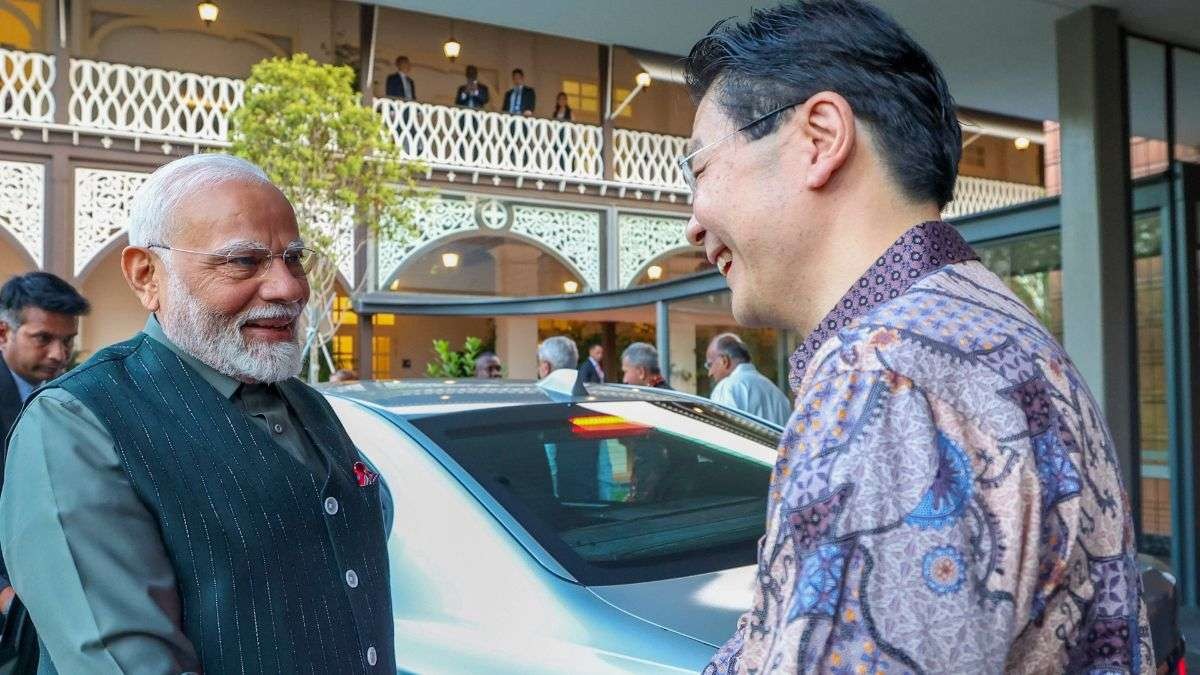After Sir Stamford Raffles established a trading station in Singapore in 1819, readers may not know that till as late as 1867, the miracle city state was governed from Kolkata. Prime Minister Narendra Modi’s visit gives a new strategic direction to an incrementally burgeoning relationship.
A Financial Anchor
Singapore’s economic engagement with India is substantial and growing. Over the last two decades, Singaporean entities have invested a staggering $160 billion in India, making it the largest source of FDI for New Delhi. This influx of capital has not only fuelled India’s rapid economic expansion but also facilitated the capacity transformation of key sectors. One of the most notable instances of this was Singapore’s early investment in Bharti Airtel, which helped kickstart India’s cellular revolution.
Singapore’s role as a financial anchor for India is further underscored by CapitaLand’s announcement during the visit to more than double its funds under management in India to over $14.8 billion.
Singapore has become India’s sixth-largest trading partner. In 2024, Indian imports from Singapore were $21.2 billion; exports totalled $14.4 billion. The trade relationship, while skewed in favour of Singapore, reflects the complementary nature of their economies.
India’s burgeoning middle class and its appetite for high-quality goods and services provide fertile ground for Singaporean exports, while Singapore’s need for raw materials and, increasingly, technology and talent finds fulfillment in India.
Strategic Convergence
Beyond the money, the strategic dimension of India-Singapore relations has gained prominence. A shared concern about China’s assertiveness in the region drives this forward. The deepening defence ties between the two countries are perhaps best exemplified by the Singapore-India Maritime Bilateral Exercise (SIMBEX), which has been held annually since 1994. This is the oldest continuous Navy exercise India has with any country. It is time for a leap of faith to go from mutual exercises to mutual deployment. The IAF has long-term deployment in Japan; the Navy should do so with Singapore.
Impact Shorts
More ShortsThe strategic partnership is further bolstered by routine high-level exchanges between their defence establishments.
Singapore, despite its small size, is one of the top defence spenders in the world, spending more than 3 per cent of its GDP. Its strategic location at the crossroads of key global shipping routes complements India’s growing naval capabilities.
This convergence of strategic interests can help India ramp up defence exports, including ammunition and other military hardware.
A New Frontier in Cooperation
The two nations are engaging in the health sector and semiconductor technologies.
The burgeoning financial ties between them are also reflected in the growing number of Indian companies that are listing on the Singapore Stock Exchange. This trend underscores the deepening integration of the two economies and the potential for Singapore to serve as a gateway for Indian companies looking to tap into global capital. The GIFT city in Gujarat offers Singapore an onshore opportunity.
For India, Singapore now ranks with Japan as an indispensable partner. The visit adds depth to this important mutually beneficial Asia-Pacific alignment.
The writer is a senior journalist with expertise in defence. Views expressed in the above piece are personal and solely those of the author. They do not necessarily reflect Firstpost’s views.


)

)
)
)
)
)
)
)
)



